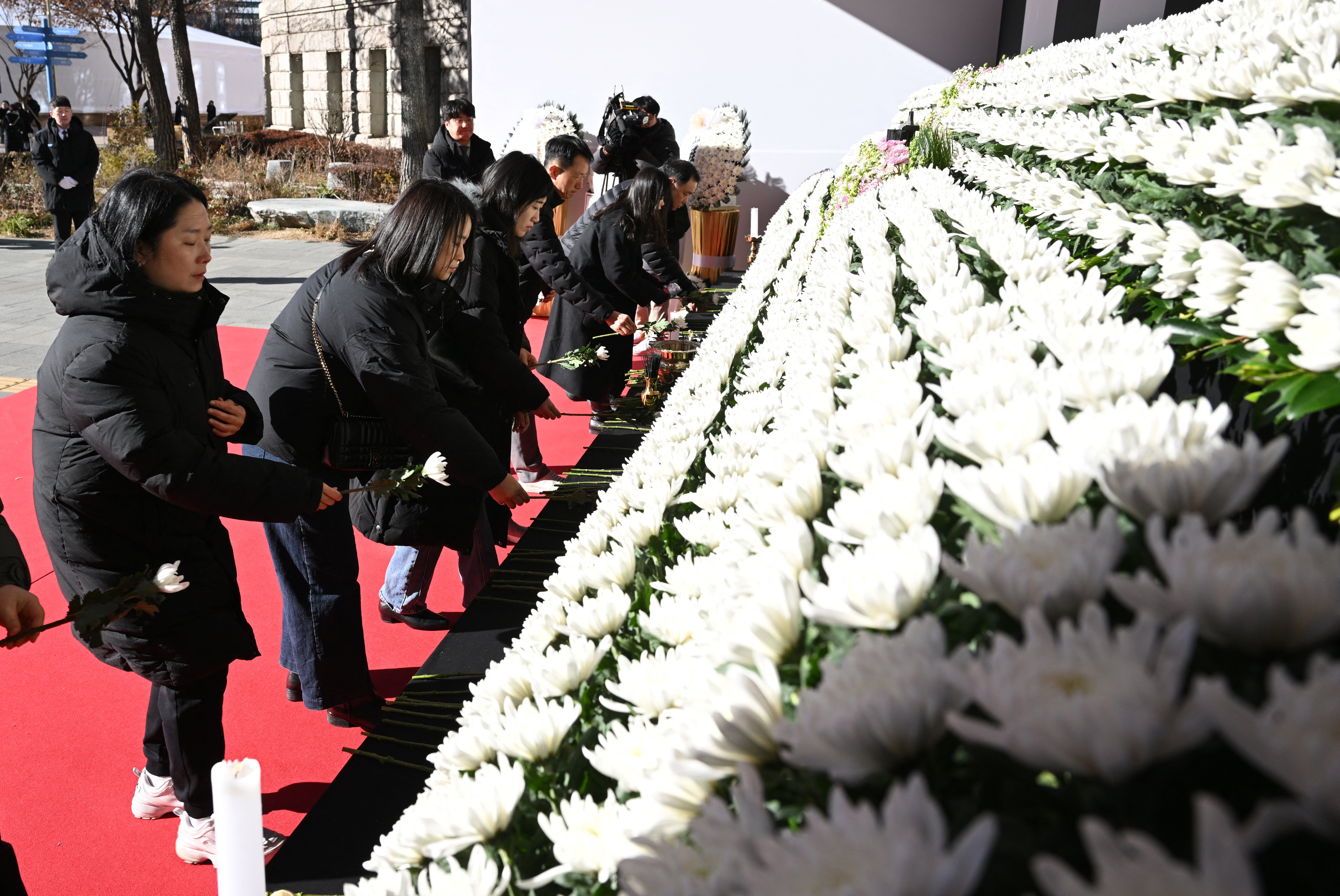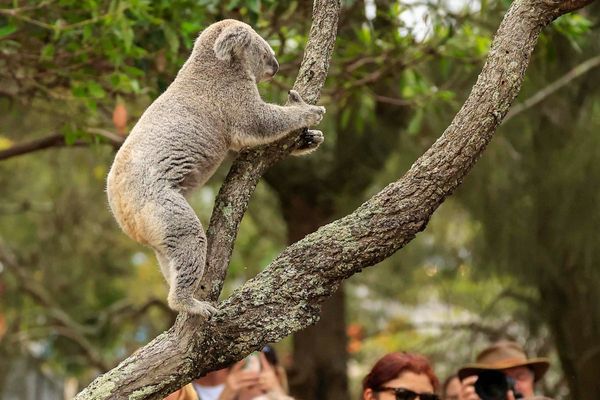South Korean aviation authorities were reportedly warned about a high risk of bird strikes near the Muan international airport before a Jeju Air flight crashed there in December, killing 179 people in the country’s worst air disaster.
Ten days before the fatal incident, a dozen officials met at the airport to review an alarming rise in bird strike incidents.
Bird strikes – when birds collide with aircraft – are a known hazard to aviation, particularly near wetlands or migratory flyways. They can damage engines and fuselages, and in rare cases, lead to crashes.
At that meeting of the bird strike prevention committee late last year, an official from a national aviation training institute flagged that incoming planes regularly encountered large flocks of birds along the coast.
“To what extent is it possible to keep the birds away?” the official asked, according to records obtained by a lawmaker, reported the New York Times, without disclosing the name of the official.
The response was sobering. An official from the company overseeing airport operations admitted that there weren’t enough personnel or vehicles to drive birds away, and said the loudspeakers meant to frighten them were ineffective beyond airport boundaries.
“They were trying their best,” the official added, according to the American paper.

Jeju Air Flight 2216 was on approach at Muan on 29 December when the pilot issued a distress call: “Mayday! Mayday! Mayday!”
A bird strike had occurred. Moments later, the Boeing 737-800 hit the tarmac without the landing gear, skidded off the runway, and crashed into a concrete barrier, erupting in flames. Only two of the 181 people on board survived.
While investigators have not yet formally determined the cause of the crash, South Korea’s transport ministry has confirmed the presence of bird feathers and blood in both engines.
The remains belong to the Baikal teal, a species of migratory duck that arrives in South Korea in large flocks during the winter months.
The issue had been known for years. Government documents, environmental assessments, and eyewitness accounts seen by The New York Times revealed that warnings about the area's high bird population predated the airport's opening in 2007.
A 2020 environmental impact review conducted for runway expansion work explicitly cautioned of a “high risk of bird strikes during takeoff and landing” and called for mitigation strategies.
Korea Airports Corporation, the national airport authority, earlier stated it had taken steps to reduce the danger, including environmental monitoring, vehicle patrols, and noise-based bird dispersal systems. It also said that additional loudspeakers were installed after the 19 December meeting.
But Muan and several smaller airports still lacked essential technology recommended by the International Civil Aviation Organisation like bird detection radar and thermal imaging cameras, designed to alert air traffic controllers and pilots to avian activity in real time.

In the wake of the tragedy, South Korea mandated the installation of such detection systems at all airports in the country.
It also pledged to dismantle the concrete barrier at the end of the Muan runway that the aircraft collided with.
Currently, only four airports – Incheon, Gimpo, Gimhae, and Jeju – are equipped with thermal cameras. Starting in March this year, all 15 domestic airports are expected to receive both thermal imaging and bird detection radars.
“These radars will detect and relay the size and direction of birds to air traffic controllers and pilots,” the ministry said in a statement.
The Jeju Air pilot had been warned of increased bird activity in the area shortly before the crash. A preliminary accident report released last month revealed the aircraft’s black box had stopped recording four minutes before impact.
US flies long-range bomber plane in drill against North Korea’s nuclear threat
Yoon Suk Yeol denies insurrection charge as criminal trial opens in Seoul
Who are the runners and riders in South Korea’s presidential election?
The bizarre life of a failed North Korean assassin who became a pastor in the South
More than 150 Chinese mercenaries fighting against Ukraine, says Zelensky
US to send long-range surveillance drones to Japan amid tensions in Taiwan







